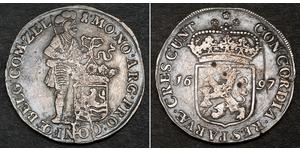(Venduta per $158.0)
1552, Nuremberg. Early Dated "Magic Square" Token (Rechenpfennig) Coin. Kabbalistic?
Mint Year: 1552 Reference: Mitchiner -. RRR! Denomination: "Magic Square" Rechenpfennig (Token) Condition: Lightly pitted by corrosion, otherwise VF! Maker: Uncertain workshop, possibly of Damian Krauwinckel. Mint Place: Nuremberg (as free City within the Holy Roman Empire). Diameter: 22mm Material: Brass Weight: 2.35gm
Obverse: Bord on an oak-stump onwhich a new leaf is spraying. Eixht stars and annullets around.
Reverse: Date (15-52) split above magic square, which contains the numbers 6-7-2, 1-5-9 and 8-3-4 . Two groups of three rosettes at sides. Floral decoration below.
The lowly 3×3 magic square has modest pretensions — each row, column, and diagonal produces the same sum.
But perhaps it’s magicker than we suppose:
6182 + 7532 + 2942 = 8162 + 3572 + 4922 (rows) 6722 + 1592 + 8342 = 2762 + 9512 + 4382 (columns) 6542 + 1322 + 8792 = 4562 + 2312 + 9782 (diagonals) 6392 + 1742 + 8522 = 9362 + 4712 + 2582 (counter-diagonals) 6542 + 7982 + 2132 = 4562 + 8972 + 3122 (diagonals) 6932 + 7142 + 2582 = 3962 + 4172 + 8522 (counter-diagonals)
(R. Holmes, “The Magic Magic Square,” The Mathematical Gazette, December 1970)
More: Any of the equations above will still hold if you remove the middle digit or any two corresponding digits in each of the six addends.
Yet more: (6 × 1 × 8) + (7 × 5 × 3) + (2 × 9 × 4) = (6 × 7 × 2) + (1 × 5 × 9) + (8 × 3 × 4)
In recreational mathematics, a magic square is a n × n square grid (where n {\displaystyle n} is the number of cells on each side) filled with distinct positive integers in the range 1 , 2 , . . . , n 2 {\displaystyle 1,2,...,n^{2}} such that each cell contains a different integer and the sum of the integers in each row, column and diagonal is equal. The sum is called the magic constant or magic sum of the magic square. A square grid with n {\displaystyle n} cells on each side is said to have order n. In regard to magic sum, the problem of magic squares only requires the sum of each row, column and diagonal to be equal, it does not require the sum to be a particular value. Thus, although magic squares may contain negative integers, they are just variations by adding or multiplying a negative number to every positive integer in the original square. Magic squares are also called normal magic squares, in the sense that there are non-normal magic squares which integers are not restricted in 1 , 2 , . . . , n 2 {\displaystyle 1,2,...,n^{2}} . However, in some places, "magic squares" is used as a general term to cover both the normal and non-normal ones, especially when non-normal ones are under discussion. Moreover, the term "magic squares" is sometimes also used to refer to various types of word squares. Magic squares have a long history, dating back to at least 650 BC in China. At various times they have acquired magical or mythical significance, and have appeared as symbols in works of art. In modern times they have been generalized a number of ways, including using extra or different constraints, multiplying instead of adding cells, using alternate shapes or more than two dimensions, and replacing numbers with shapes and addition with geometric operations.
----------------------------------------------------------------------------------------------------------------------------------------------------------------------------------------
Mathematics are most necessary in magic, for everything which is done through natural virtue is governed by number, weight, and measure. Pythagoras said that numbers have more reality than natural things, hence the superiority of mathematical magic to natural magic.
Bid with Confiedence!
Nuremberg is a city situated on the Pegnitz river and the Rhine-Main-Danube Canal. It is located about 170 kilometres north of Munich. The cultural flowering of Nuremberg in the 15th and 16th centuries made it the center of the German Renaissance. In 1525, Nuremberg accepted the Protestant Reformation, and in 1532, the religious Peace of Nuremberg, by which the Lutherans gained important concessions, was signed there. In 1632 during the Thirty Years' War, the city, occupied by the forces of Gustavus Adolphus of Sweden, was besieged by the army of Imperial general Albrecht von Wallenstein.
1 Corona Impero austro-ungarico (1867-1918) Argento Franz Jo ...
il gruppo ha 25 monete / 17 prezzi
⇑
1 Ducat Repubblica delle Sette Province Unite (1581 - 1795) ...
il gruppo ha 10 monete / 9 prezzi
⇑

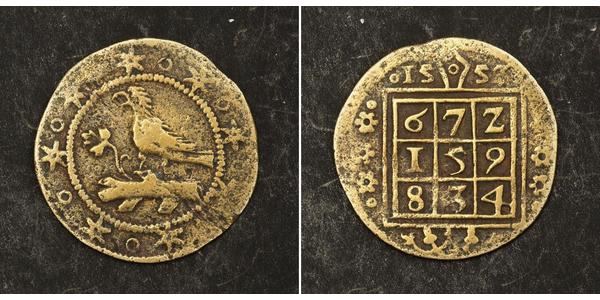





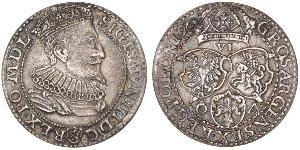
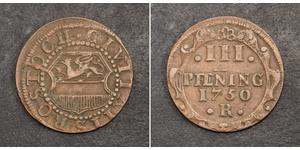


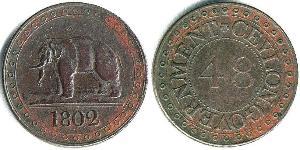




-300-150-AeIKqUpY7NEAAAFhroEy54Nz.jpg)
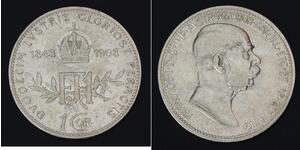
-300-150-nf4K.GJAcbQAAAEu7g61Lgu3.jpg)
